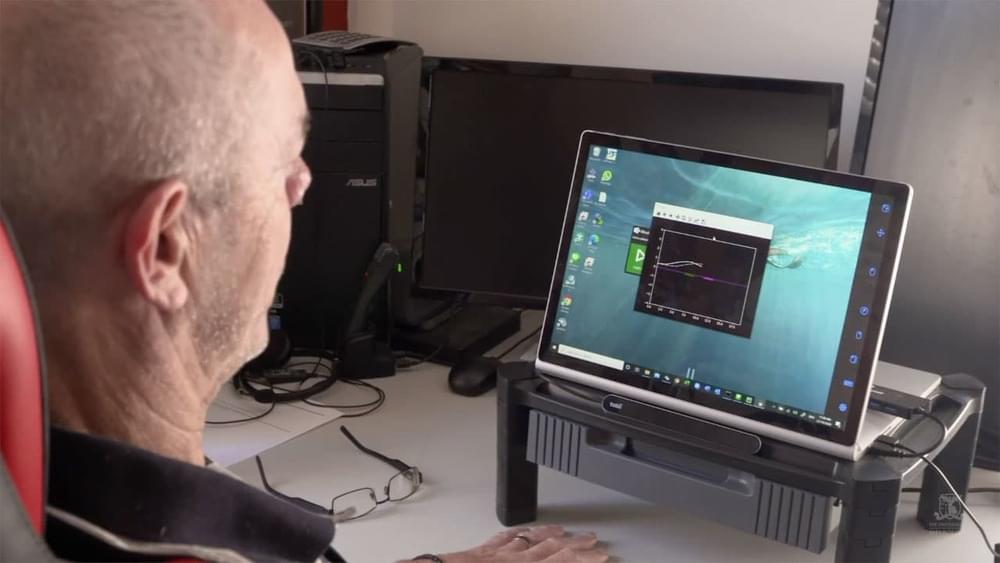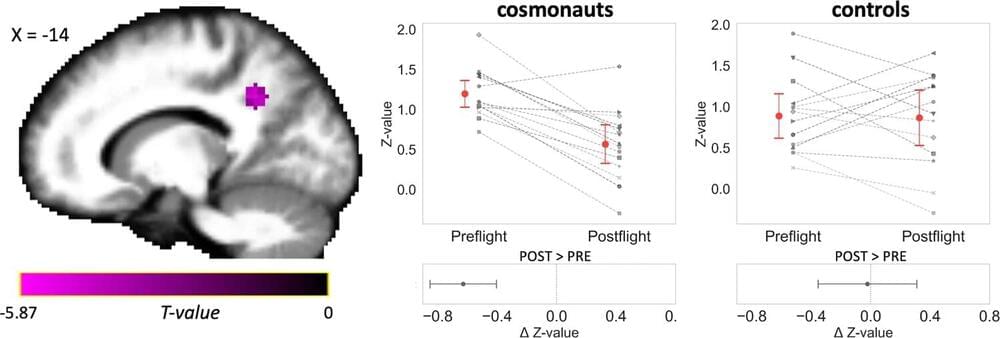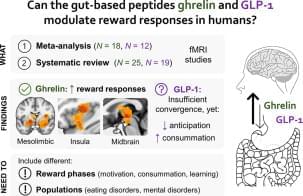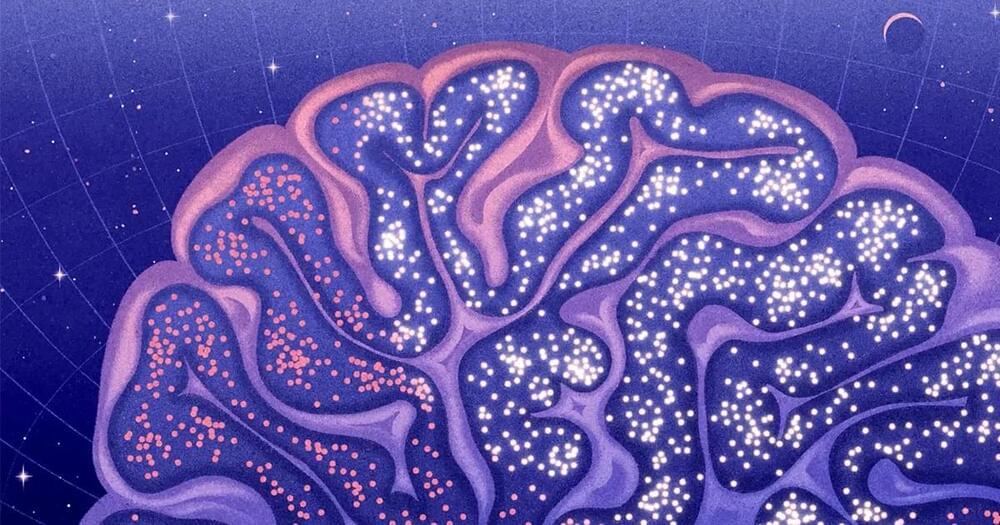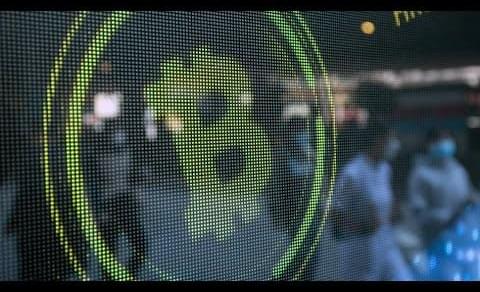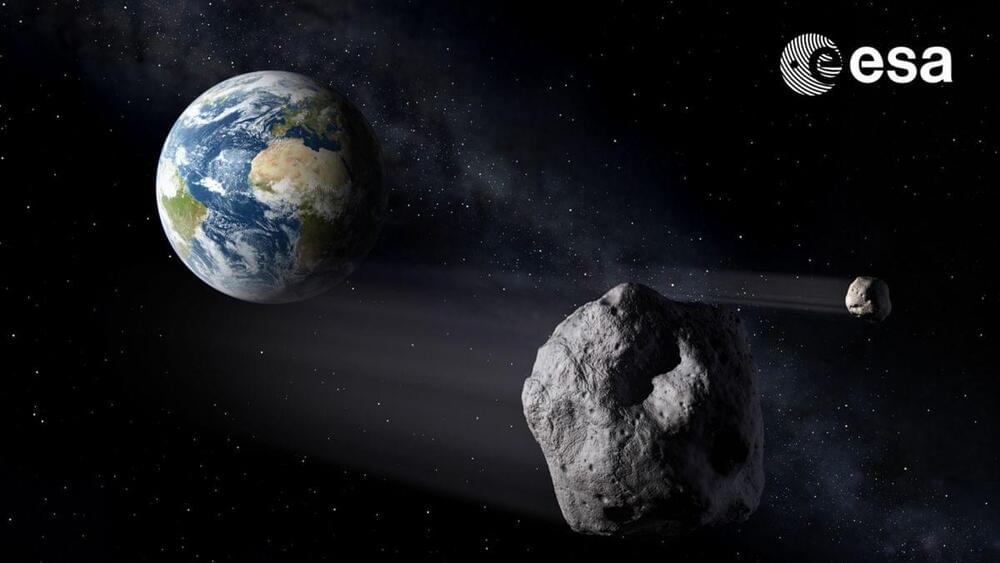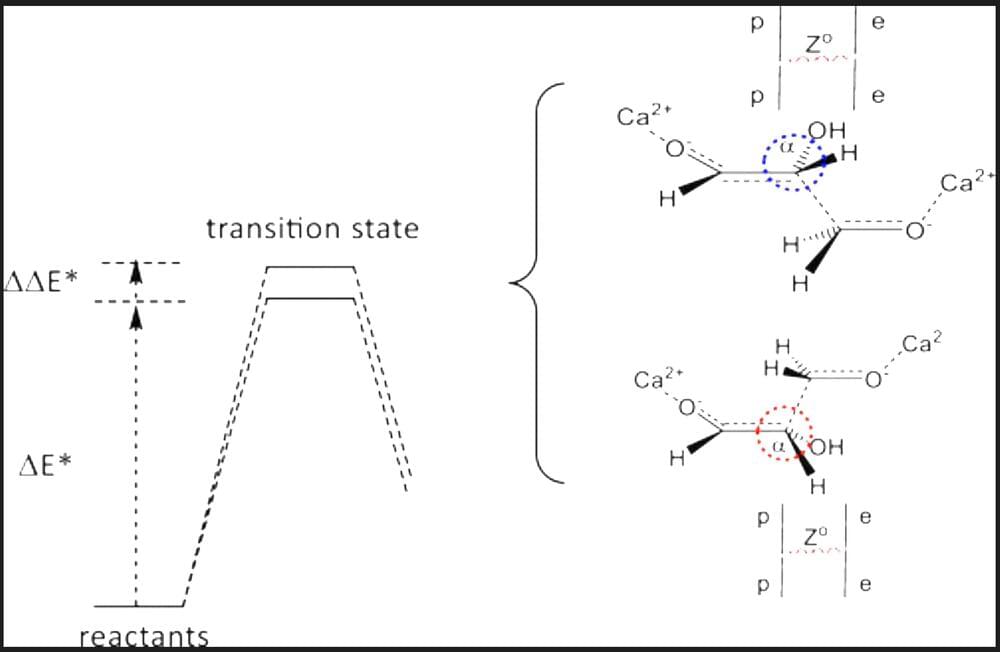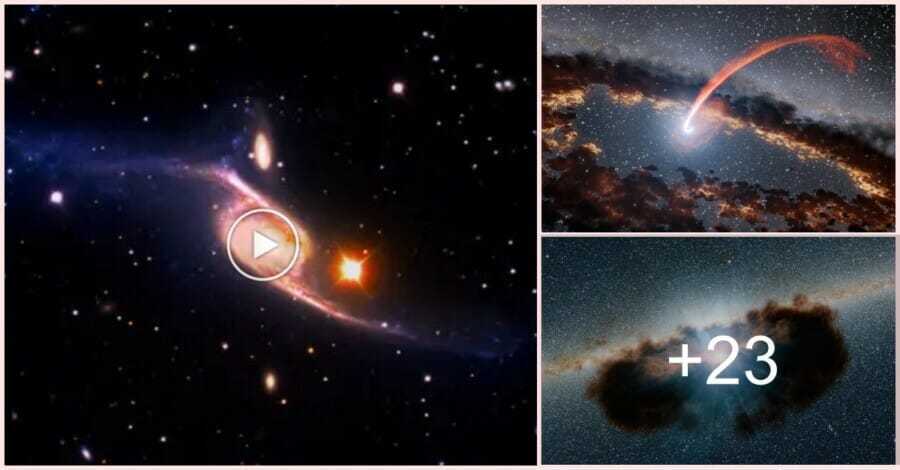Feb 21, 2023
Andrew Strominger: Black Holes, Quantum Gravity, and Theoretical Physics | Lex Fridman Podcast #359
Posted by Dan Breeden in categories: alien life, mathematics, military, particle physics, quantum physics
Andrew Strominger is a theoretical physicist at Harvard. Please support this podcast by checking out our sponsors:
- Eight Sleep: https://www.eightsleep.com/lex to get special savings.
- Rocket Money: https://rocketmoney.com/lex.
- Indeed: https://indeed.com/lex to get $75 credit.
- ExpressVPN: https://expressvpn.com/lexpod to get 3 months free.
EPISODE LINKS:
Andrew’s website: https://www.physics.harvard.edu/people/facpages/strominger.
Andrew’s papers:
Soft Hair on Black Holes: https://arxiv.org/abs/1601.00921
Photon Rings Around Warped Black Holes: https://arxiv.org/abs/2211.

